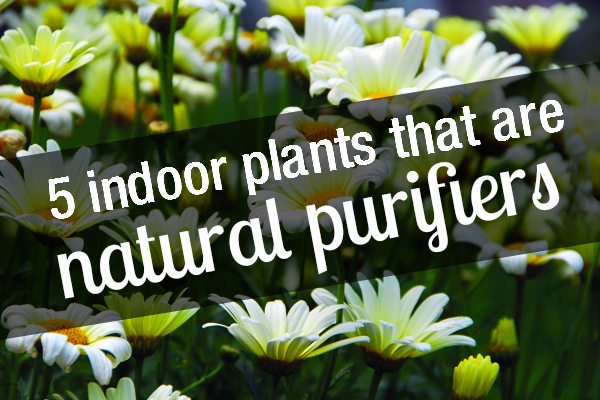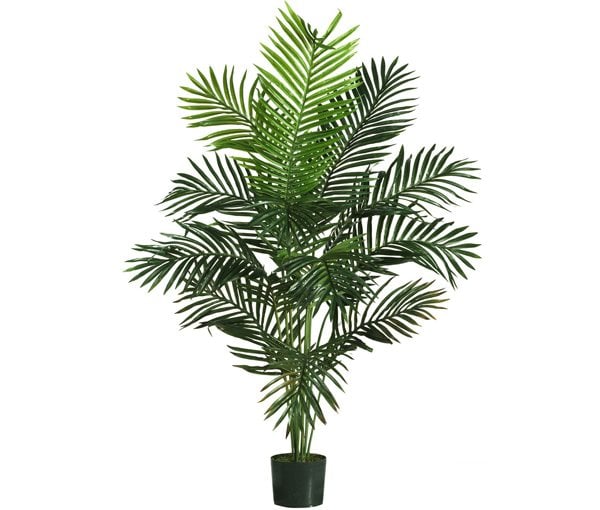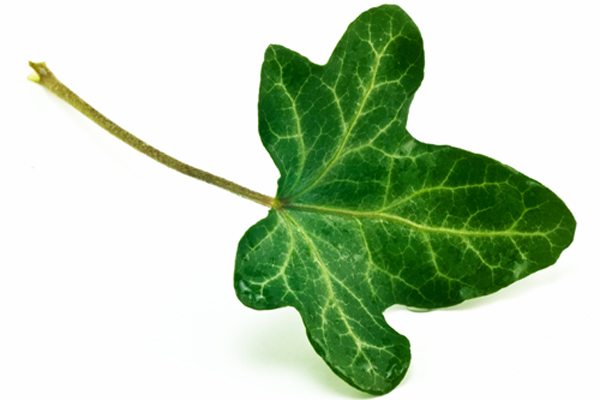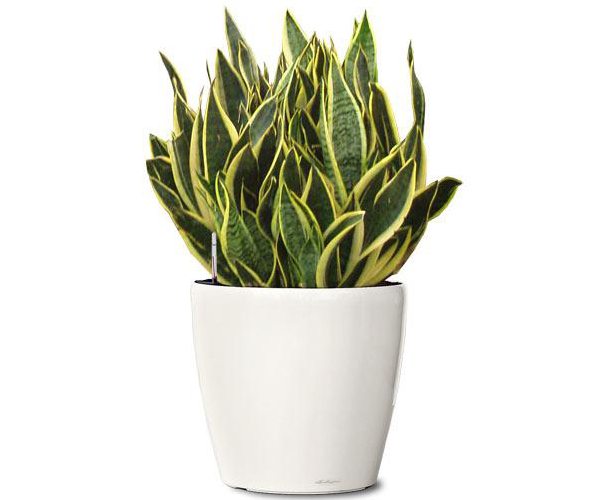Think your office could do with some fresh air? Try working on a space station. When NASA wanted to help its astronauts breathe easier, they used plants that improve air quality.

Take a look at these 5 plants that could help eliminate nasty toxins in the air.
This beautiful, low maintenance flowering plant reduces toxin levels in the air. The Peace Lily topped NASA’s list for removing formaldehyde, benzene and trichloroethylene from the air.
Bamboo Palm
According to the Huffington Post, this plant is great at clearing out benzene and trichloroethylene. A high transpiration rate means that Bamboo Palms pump moisture back into indoor atmospheres.
English Ivy
According to NASA, this is the number one houseplant to grow indoors due to its incredible air filtering qualities. The Mother Nature Network says this plant may also reduce airborne fecal-matter particles!
Snake plant
This plant releases oxygen during the night rather than the day, and one in the bedroom may help you sleep better. Snake plants don’t need much light or water for survival, so they’re a perfect fit for any dim corners that need to be brought to life.
Gerbera Daisy
Extremely effective at removing chemical vapours in the air, this flowering plant can filter out trichloroethylene and benzene – making it perfect for a well-lit laundry or bedroom. What’s more – the Gerbera Daisy has long-lasting flowers that will bloom throughout winter!
From changing your lifestyle to taking action for the environment – there’s so much you can do to make a difference. If you would like to get involved, you can join our Australia network of volunteers.
UPDATE: It’s also very important to note that some plants are incredibly toxic for housepets – including the English Ivy and Peace Lily mentioned above. The ASPCA has a very helpful list of plants that are toxic for cats, dogs and horses to help you make the best decision for your home or office.







